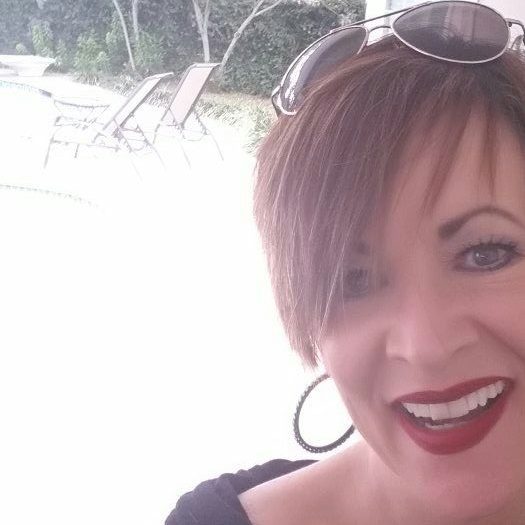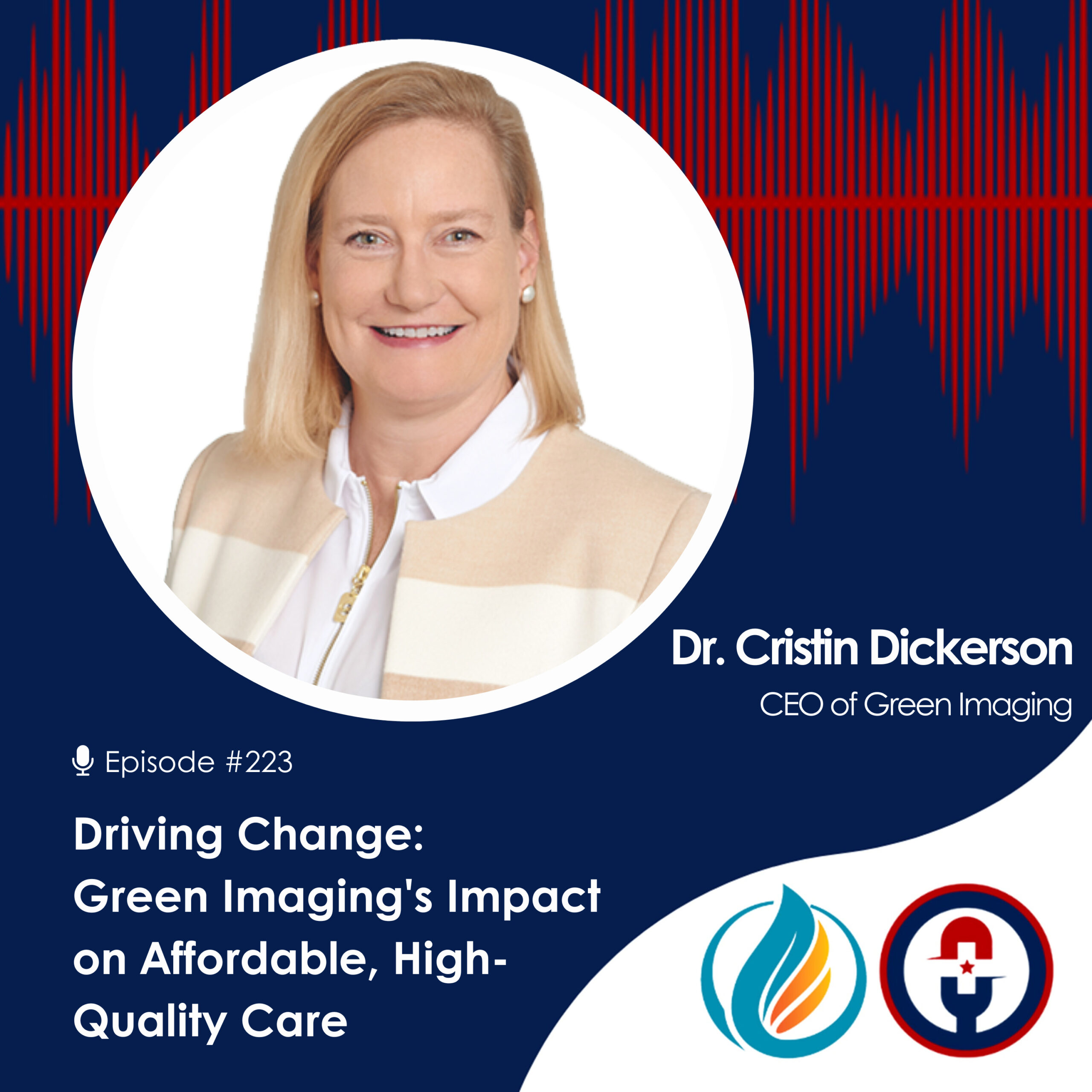The Physician’s Dilemma

Despite a drop in the percentage of the uninsured population to historic lows in recent years, affordable health care is still out of reach for huge numbers of the American public. There are currently 33 million uninsured people in the United States today, and an equally significant number of underinsured individuals and families for whom high out-of-pocket costs and deductibles present a major barrier to receiving the care they truly need. The relatively high prevalence of uninsured and underinsured patients means that physicians across the country frequently confront the following dilemma: Should I urge an indigent patient to continue with the recommended treatment path even if the patient does not possess the financial means to do so, or, compromise the standard of care in order to reduce costs? If a patient can’t pay, what is a doctor to do?
Patients who can’t pay
The high impact of financial considerations on the doctor-patient relationship cannot be overstated. A report by Families USA, a Washington health care advocacy organization, found that over a quarter of all adults with private insurance policies opt to go without needed medical care because they could not afford tests, treatments, follow-up care, and drugs. Of the 33 million uninsured adults in America particularly acutely affected by high health care prices, are the 2.5 million adults stuck in the so-called “Obamacare dead zone”. Financial assistance in the form of Medicaid and subsidies are out of reach for them as a result of shortcomings in the structure and implementation of the Affordable Care Act.
Doctors feel the squeeze too
In response to patients who simply cannot pay, studies found that nearly 40 percent of physicians admitted to manipulating reimbursement rules to obtain coverage for services necessary for the well-being of their underinsured patients. Faced with either reducing the quality of care or pushing their clients into financial insolvency, doctors have to get creative.
A question of ethics
The inability of many patients to pay for their health care needs raises serious ethical dilemmas that warrant further discussion. Is quality health care a right? Should a doctor opt only to see patients who have preferred insurance or have the financial means to pay for treatments themselves? What are the ethical implications of terminating a doctor-patient relationship for economic reasons? Would it be wrong to refer a patient to a cheaper service provider that offers inferior care? Conversely, would it be right to refer a patient to a facility that provides quality care at a cost that is beyond a patient’s reach? Ultimately, the physician is bound to do what is best for the patient - within existing constraints. Determining the boundaries of those limitations remains a matter of debate.
5 Basic Guidelines for Dealing With This Physician’s Dilemma
- Communicate: Doctors should explicitly initiate a conversation with patients about the possibility of financial hardship resulting from treatment, and the costs associated with said treatment. It is better to know earlier rather than later whether or not a patient is able to afford treatments before doing extensive workups.
- Utilize available resources: Care providers should know what resources are available for the medically indigent to maximize private and public services that can help their patients. Public aid programs and clinical trials are effective ways of supplementing patient care when traditional paths are financially infeasible.
- Document everything: It is important for physicians to thoroughly document a patient’s rejection of a recommended treatment or therapy, including any referrals to safety net providers. Patients who decline care should be made aware of the risks involved in their decision. Often, frequent and careful monitoring paired with basic laboratory tests can be a cost-effective alternative to more expensive diagnostic procedures. In these cases, the doctor-patient relationship, and subsequent documentation are of paramount importance. An active medical advocate who knows the patient very well can be the last lifeline for the medically indigent.
- Actively lower costs: For the uninsured, fee adjustments are a legal way for doctors to help make critical care accessible. In all cases, doctors can and should work to make their services accessible and affordable to those facing demonstrable financial barriers without violating the law or putting the financial viability of the provider institution in jeopardy. Physicians can also promote and adopt charitable policies that direct subsidies and financial aid to those most in need.
- Advocate reform: In the larger scheme of things, much progress needs to be made in the social and political scenes before broad solutions can be introduced to the problem of healthcare unaffordability in America. Physicians and other medical professionals should lobby for policies that promote and broaden access to critical medical care and services. Doctors can help within their groups, associations, and in their institutions for charitable care policies, means testing, and sliding scale fees. They can support and promote safety net institutions. And most importantly, they can educate themselves, their patients, and the public at large about the devastating effects of unaffordable healthcare on millions of our fellow Americans.
At Green Imaging, we provide quality diagnostic services at low prices, often thousands* cheaper than quoted by other clinics and health service providers because we believe in making quality care affordable and available to everyone.












